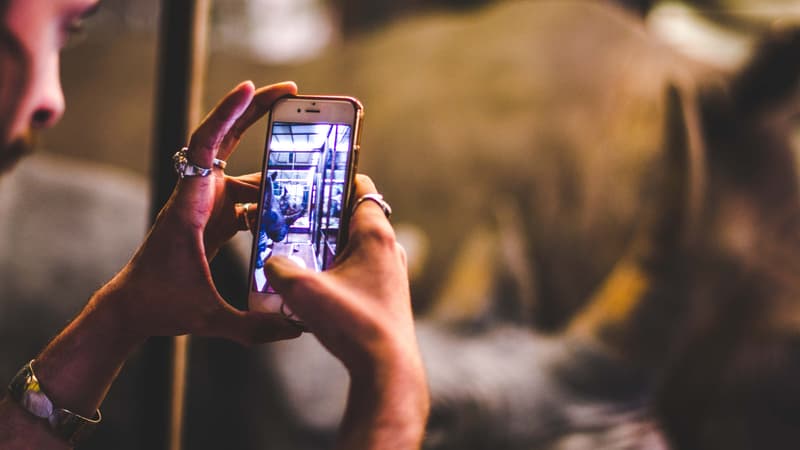When was the last time you cleaned your smartphone? If your response is a long, awkward silence, there’s still time to fix your mobile device. It must be said that between fingerprints and everyday dirt, these objects can become germ nest itinerant.
Cleaning and disinfecting your phone regularly, ideally daily, helps prevent infections (skin diseases, intestinal problems, respiratory problems, etc.) related to viruses present on the surface of your device. Cousin, your device will look great and it will work optimally.
Before you start cleaning, wash your hands well, turn off your smartphone, unplug it if it’s connected to a power outlet, and remove its cover so you can perform in-depth maintenance. Here are five tips to follow.
Vinegar, bleach, compressed air sprays, and household detergents are abrasive products that can damage the coatings that protect your device’s touch screen. To take care of the latter, prefer an antibacterial wipe.
Otherwise, opt for a microfiber cloth slightly moistened with a hydroalcoholic solution. You can also use demineralized water or soapy water, but these do not have the disinfectant properties of hydroalcoholic liquids.
Be careful not to over-wet the cloth to prevent water from seeping into the device, and gently wipe the screen and case to avoid damaging them. For the rest, keep in mind that some general brands (Carrefour, Fnac, Darty, etc.) sell enough to maintain your smartphone through kits made up of a cleaning solution and a soft cloth.
It may seem trivial but apart from disinfectant wipes, it is highly recommended that you only use a soft cloth or microfiber cloth to clean your smartphone.
for cause, device screen It is very fragile – using a paper towel or rough cloth can potentially damage it by causing micro scratches. The same goes for the shell which, depending on the material it is made of (glass, plastic, etc.), can be damaged.
Cleaning the charging port is an all too often forgotten act in cleaning a smartphone. However, it prevents dust, ends of clothing threads and other residues from accumulating inside which, in the long run, make it impossible to smartphone charging. To remove them, scraping the inside of the charging port with a toothpick is the most convenient solution.
Bathrooms are places where potentially dangerous bacteria proliferate (salmonella, staph, etc.). The presence of a smartphone in these places is not the most hygienic practice in the world: it is likely that the terminal is contaminated by these malicious agents.
Always wash your hands before picking up your phone, and above all, think more about how and where you use your phone. A survey conducted in the UK in 2019 revealed that most people use their phones in the bathroom.
UV sterilizers, portable sanitizing bagantimicrobial protective cover and even protective screen… Numerous products available on the market allow you to protect your terminal from microbes. Reputed to be effective, they are also safe for your smartphone.
Source: BFM TV


